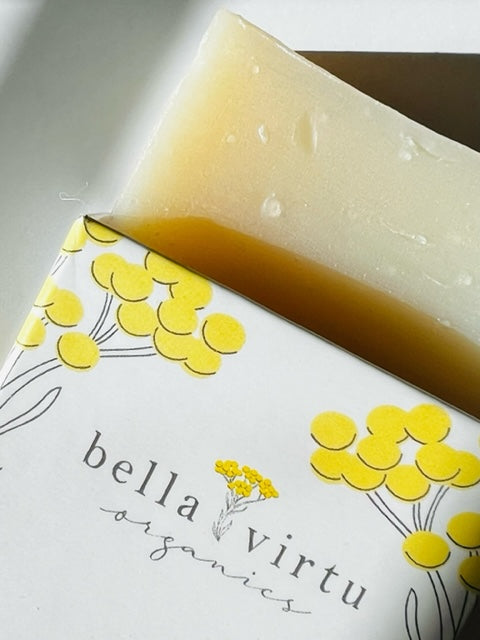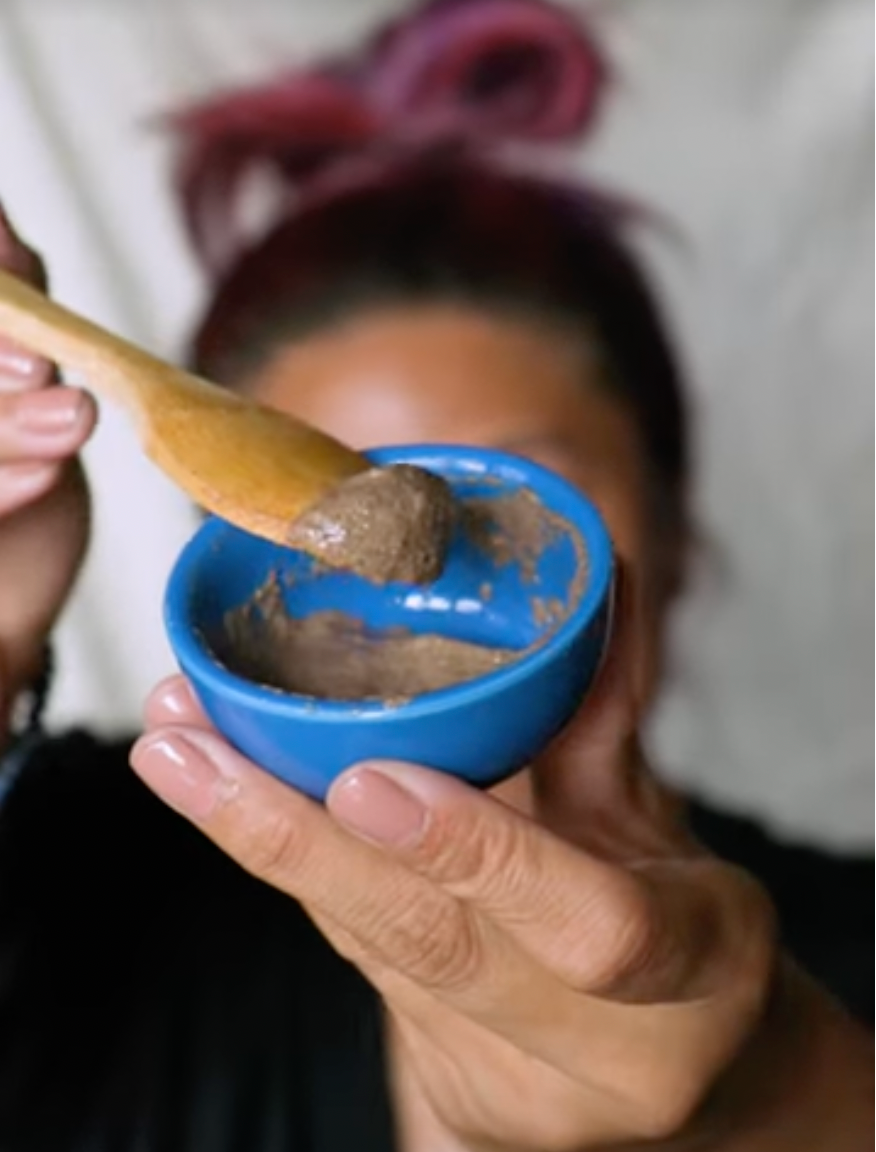As the festive season approaches, many of us are excited to deck the halls with boughs of holly and, of course, the iconic Christmas tree. However, for some, the joy of decorating can come with an unexpected guest: a condition colloquially known as the "Christmas Tree Rash." Officially termed Pityriasis Rosea, this rash can mimic the pattern of a Christmas tree on the body, leading to its seasonal nickname.
What is Christmas Tree Rash?
Christmas Tree Rash, or Pityriasis Rosea, is a common skin condition that presents as a rash in a distinct pattern. It's named for its characteristic shape, which can resemble the branches of a Christmas tree spread across the back.
Symptoms: More Than Just a Rash from a Christmas Tree
The most noticeable symptom of Christmas Tree Rash is the appearance of a herald patch - a single, large red or pink patch, usually on the abdomen or back. After a few days or weeks, smaller patches often follow, cascading down the back in a tree-like pattern. The rash is often accompanied by mild itching, but it can be more intense for some individuals.
Possible Causes
The exact cause of Christmas Tree Rash remains a mystery, though it's suspected to be linked to a viral infection. This rash isn't caused by an actual Christmas tree or its decorations. It's non-contagious and can occur in individuals regardless of their holiday activities.
Treatment and Management
Christmas Tree Rash is generally self-limiting, meaning it resolves on its own without the need for treatment. However, the following can help manage symptoms:
-
Topical Steroid Creams: To alleviate inflammation and itchiness.
-
Antihistamines: Can be taken to reduce severe itching.
-
Cool Baths: Using oatmeal or baking soda can soothe irritated skin.
-
Gentle Skincare Products: To avoid further irritation.
Prevention: Can You Avoid the Rash from a Christmas Tree?
Since the cause of Christmas Tree Rash is unclear and not directly linked to Christmas trees, specific prevention methods are not established. However, maintaining good skin care and overall health can help keep your skin resilient.
When to See a Doctor
If you suspect you have Christmas Tree Rash and it's causing significant discomfort or lasting longer than usual, it's best to consult a healthcare professional. They can rule out other skin conditions and provide appropriate advice or treatment.
In Conclusion
While the name "Christmas Tree Rash" might evoke festive imagery, it's important to remember that it's a common skin condition unrelated to the actual trees. If you encounter this rash, rest assured it's usually a temporary issue, and with proper care, you'll be back to enjoying the holiday season in comfort. Remember, if in doubt, always seek advice from a healthcare professional.








